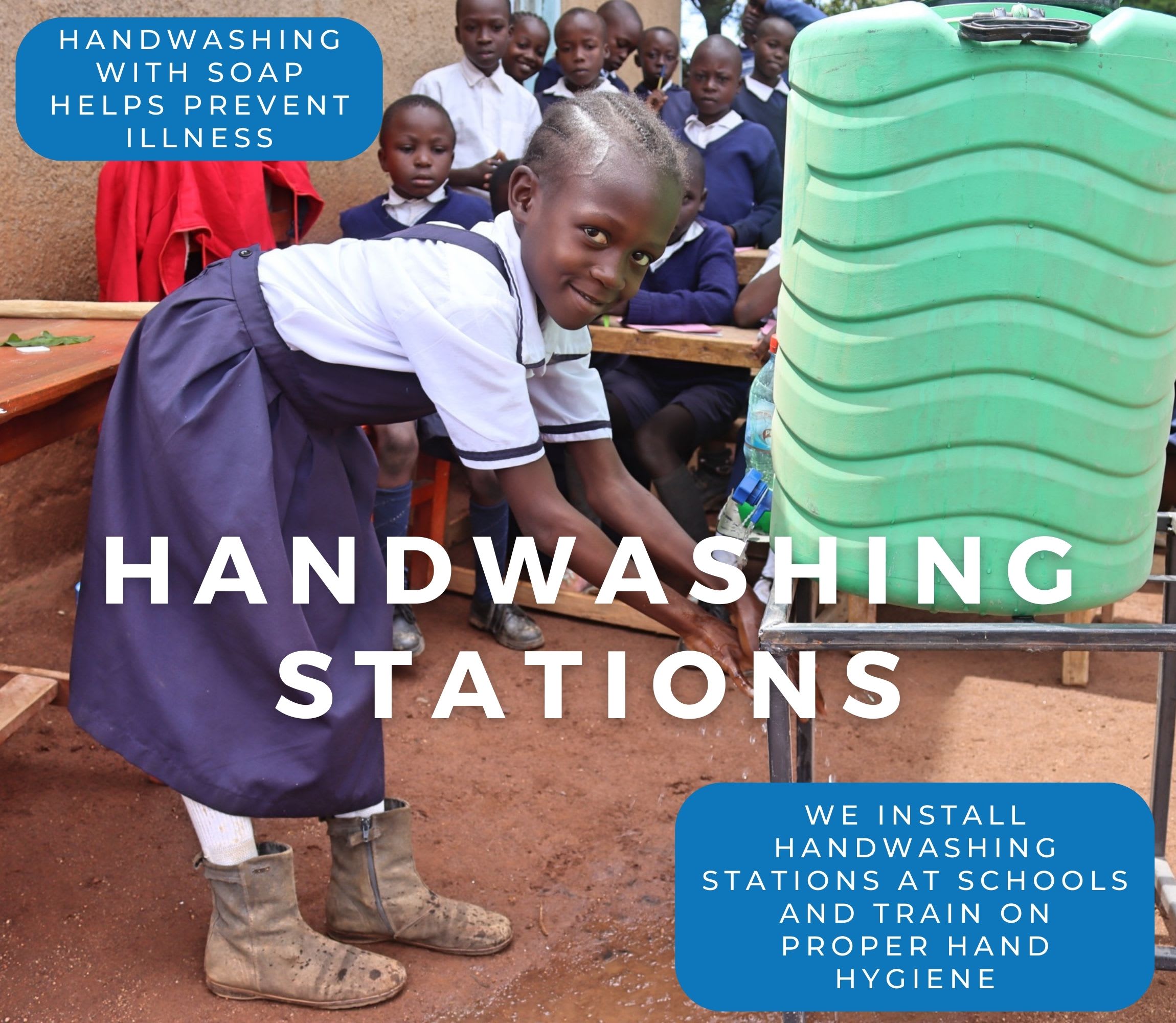The Mutwaathi Primary School's current water sources are not sufficient to meet the needs of its 200 students and 13 teachers, leaving them facing a daily water crisis.
The school mostly depends on rainwater collected in small plastic tanks, but they quickly run out, especially during the dry season. When this happens, the school must purchase water from vendors. These vendors collect water from open, unsafe sources such as rivers and scoop holes, and then deliver it to the school. The water is often dirty, brown, and smells bad. Even worse, it is located far away and can take up to 4 hours to collect. It is a costly and risky practice, putting the school's finances under pressure and posing a threat to the health of everyone involved.
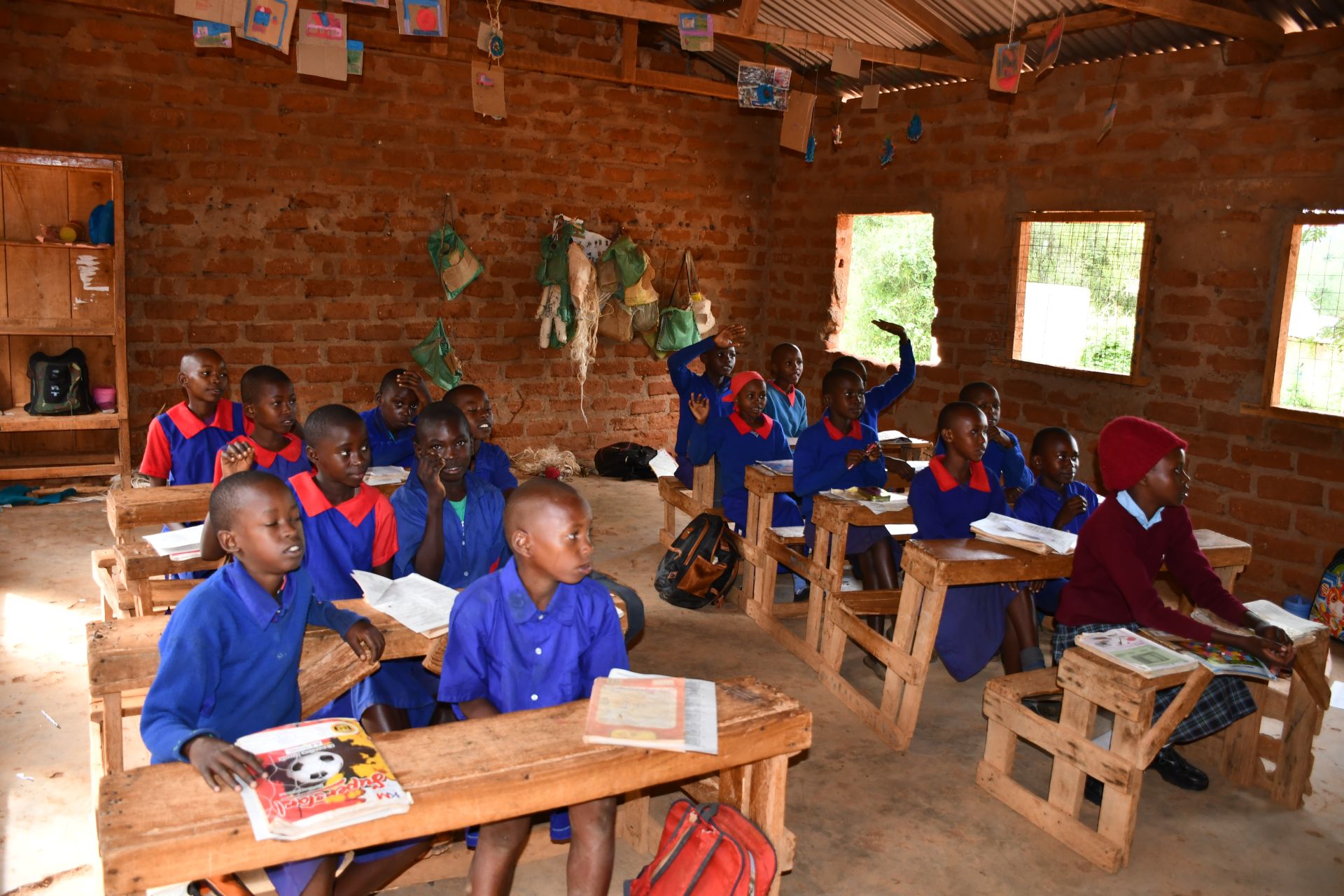
Because clean water is not always available, the school must limit the amount of water used. This affects important activities like washing hands, cleaning classrooms and toilets, and even watering school gardens. And sometimes, students are sent home to remind their parents to pay for water because the school relies on their assistance, which disrupts their learning.
Thirteen-year-old Julianna is all too familiar with the stress of facing the school day without access to adequate water. "Our school only has one plastic tank, and it doesn't store enough water for everything we need. When it doesn’t rain, there’s no water collected, and we have to wait for the school to buy some, which doesn’t happen all the time. This makes me feel sad and worried."
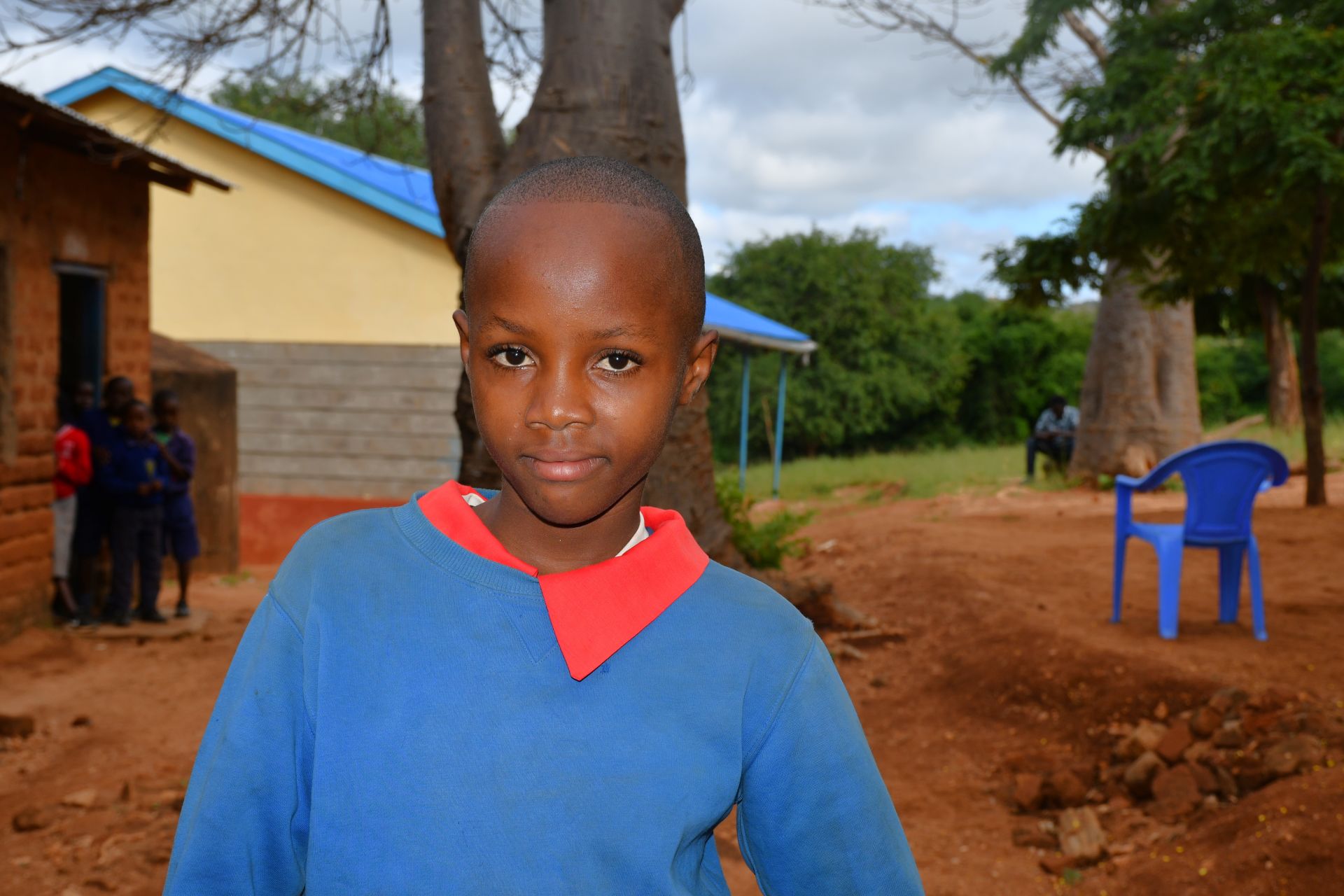
Julianna.
"We spend a lot of time trying to fetch water from rainwater tanks because mostly we are scrambling. Sometimes the sun is too hot, and there are times when pupils push and argue at the water point because everyone wants a turn. It makes me feel frustrated and embarrassed. I just wish we had enough water in school so we could all learn in peace without worrying about where the next bucket of water will come from," Julianna lamented.
"Even when I’m in class, I feel tired and can’t concentrate well because of the stress about water. It’s hard to do well in exams when you’re not learning comfortably or feeling clean," she continued.
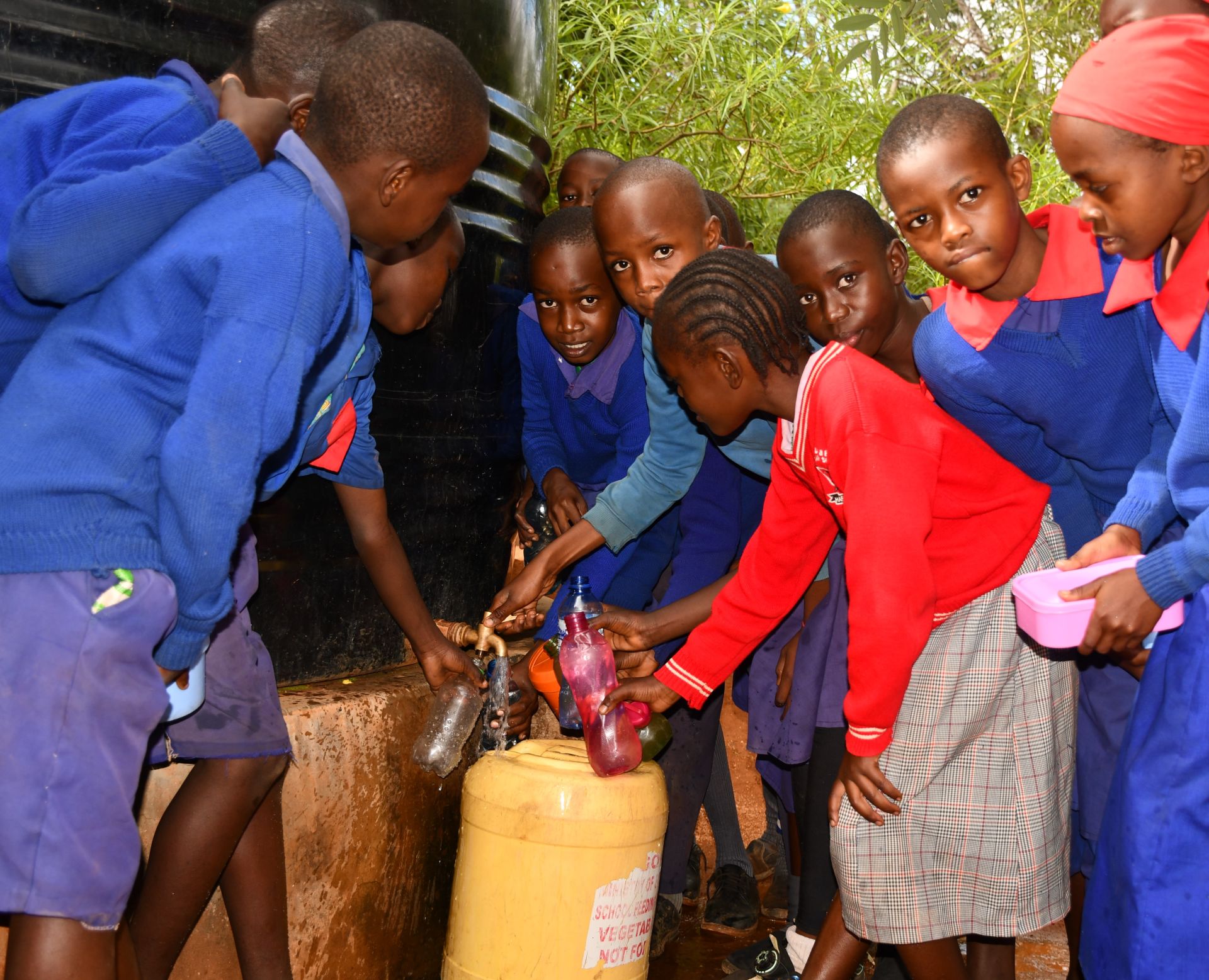
Students jostle for water from the too-small rain tank.
Julianna has dreams for her future, but right now, without access to water, they feel out of reach.
"I want to be a dentist when I grow up because I want to help people take care of their teeth and be healthy. I also want to be someone whom others can come to when they are in pain and trust that I will help them. But I know that to become a dentist, I need to study hard and be in school every day—and water is part of what makes that possible," she bravely shared.
Julianna and her school need a solution, and the sooner it comes, the more likely she will reach her aspirations.
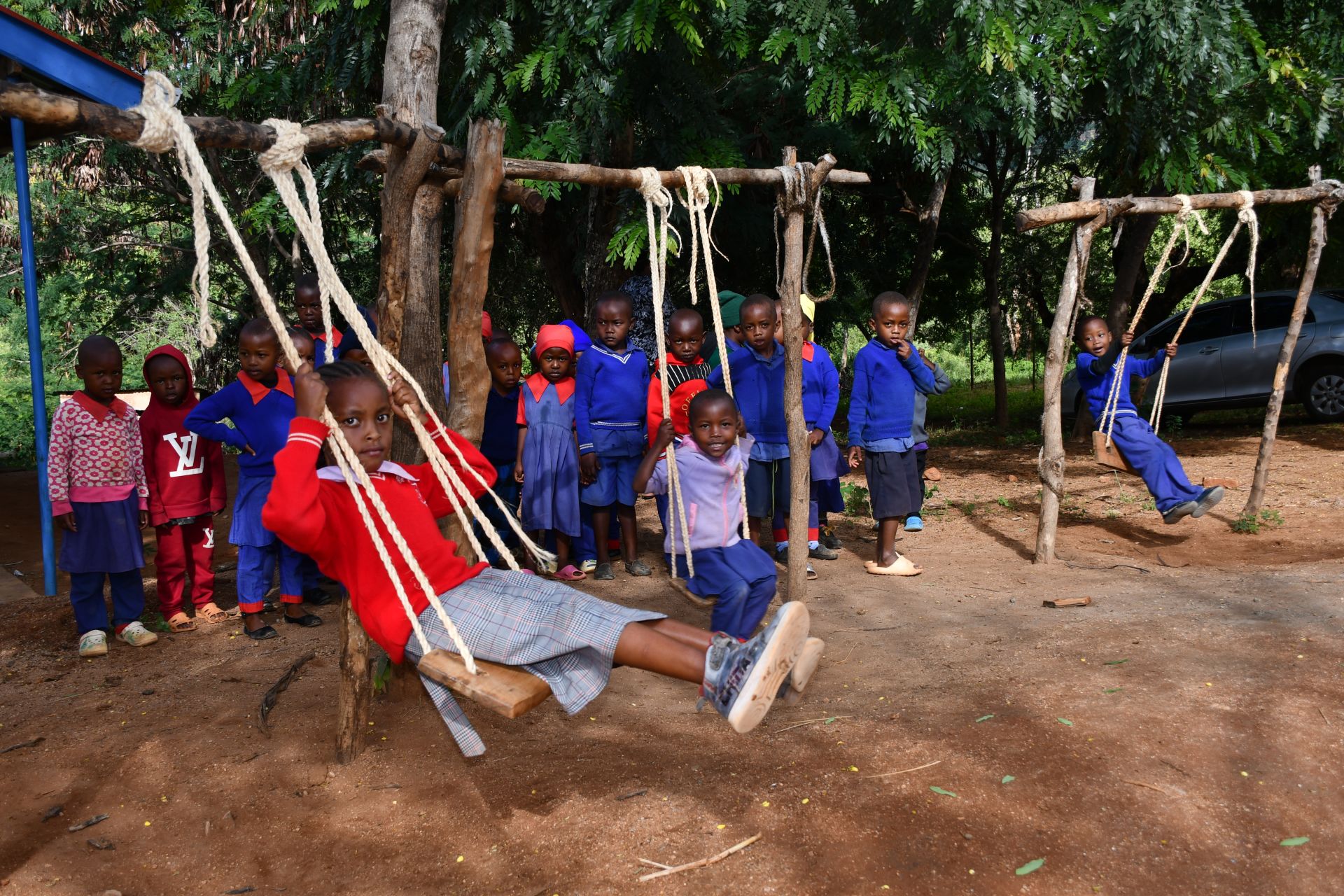
We plan to construct a 104,000-liter water tank to help address their issue. This tank will store enough rainwater to last throughout the year, providing students with clean drinking water every day. They will be able to wash their hands, clean their classrooms, and use the toilets properly.
The school won't need to purchase expensive, unsafe water, meaning the saved money can be allocated towards purchasing books, establishing small gardens (a required component of the agricultural learning program), and supporting student learning. Most importantly, it will create a healthier, safer, and more effective learning environment, improving overall student wellbeing.
Steps Toward a Solution
Schools without reliable, on-premises water access often rely on students to fetch and carry water, leading to rationing and uncertainty about water quality. The water is typically poured into a communal storage tank and used by the entire school. With children carrying water from all different sources, it is also impossible for teachers and staff to know exactly where the water comes from and how safe it is to drink.
A new water point will be located on-premises at the school to ensure accessibility, reliability, and safety for students, teachers, and staff while meeting our school coverage goals. Having water available at the school allows children to drink, wash hands, and use sanitation facilities without leaving school grounds, preventing disruptions to lessons and reducing safety risks. A dedicated source increases water availability, reduces reliance on stored water, minimizes rationing, and ensures confidence in the safety of the water. This means staff and students are healthier, and their lessons aren’t disrupted, contributing to a better education!
Our technical experts worked with the school leadership and the local community to identify the most effective solution to their water crisis. Together, they decided to construct a rainwater harvesting system.
Rainwater Harvesting System
A rainwater collection system consists of gutters that channel rainwater effectively into large holding tanks. Attached to buildings with clean, suitable roofing, these systems are sized according to the population and rainfall patterns. Water can be stored for months, allowing for easy treatment and access. Learn more
Handwashing Stations
Alongside each water source, we install two gravity-fed handwashing stations, enabling everyone at the school to wash their hands. Handwashing is crucial for preventing water-related illnesses within the school and community. Student “health clubs” maintain the stations, fill them with water, and supply them with soap, which we often teach them how to make.
School Education & Ownership
Hygiene and sanitation training are integral to our water projects. Training is tailored to each school's specific needs and includes key topics such as proper water handling, improved hygiene practices, disease transmission prevention, and care of the new water point.
To ensure a lasting impact, we support forming a student health club composed of elected student representatives and a teacher. These clubs promote hygiene practices schoolwide and keep handwashing stations well-stocked. This student-led model encourages a sense of ownership and responsibility.
Safe water and improved hygiene habits foster a healthier future for the entire school.
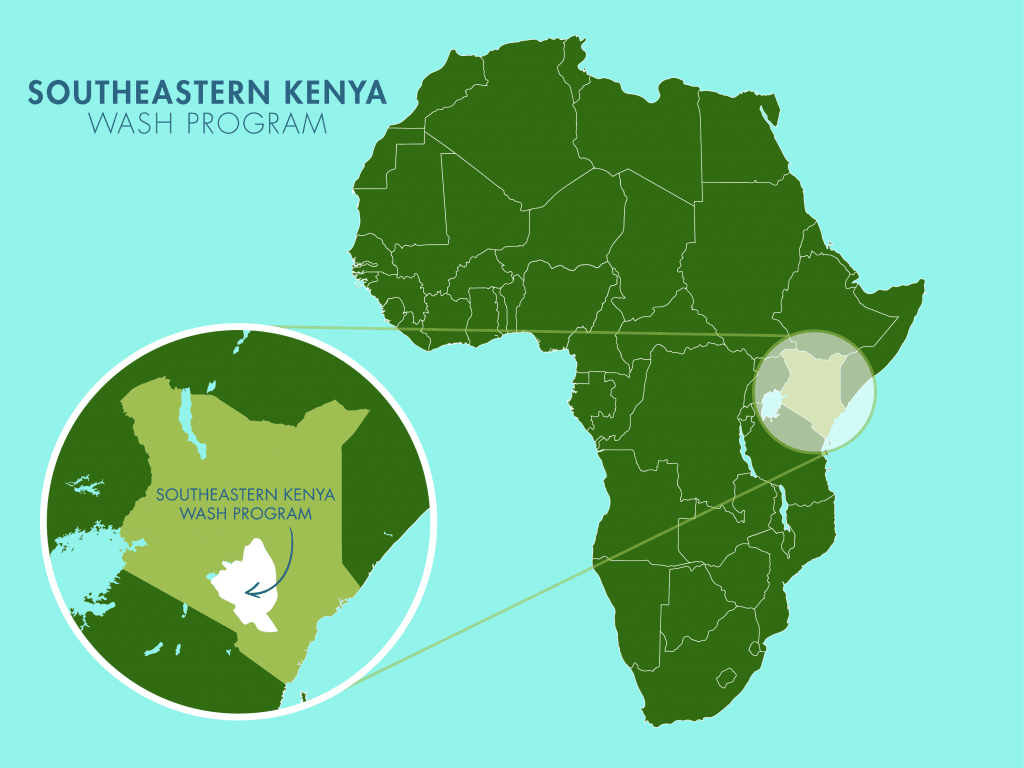
 Rainwater Catchment
Rainwater Catchment
 Rehabilitation Project
Rehabilitation Project





